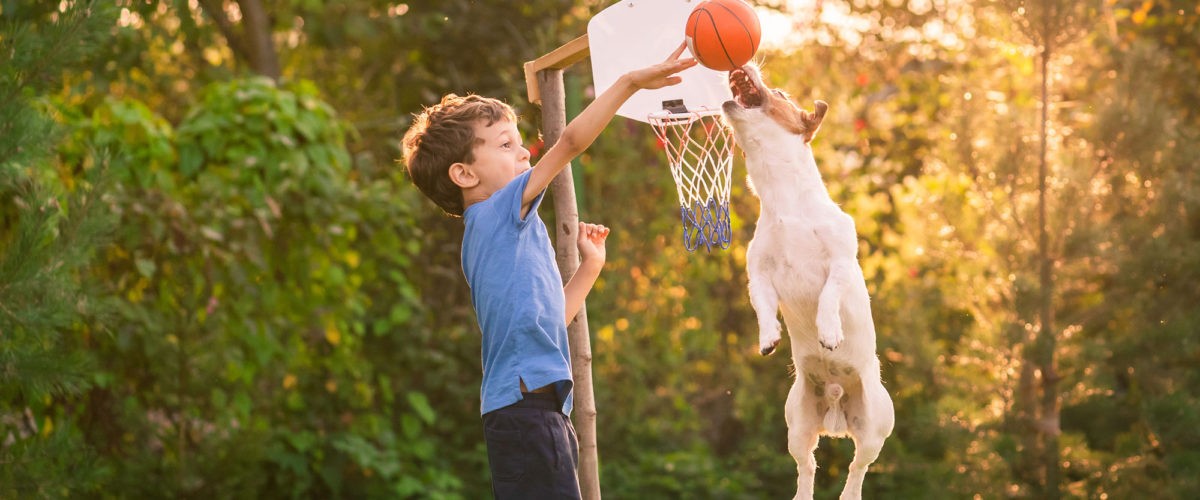Rochelle Walensky, director for the Centers for Disease Control and Prevention, revealed more than a statistical update during a briefing last Monday, sharing her concern about the uptick of new coronavirus cases even as more than 2 million Americans are immunized daily. She spoke to our nation holistically, as a professional, a wife, mother and daughter, imploring us to sustain the recommended safety protocols to prevent a fourth — yes, a fourth — surge of a disease that body-slammed us this past year.
We are, in her words, “almost there, but not quite yet.” That’s a tough place to be. I remember surviving the last five laps of the lifeguard swimming endurance test, the last 30 minutes of childbirth. There seemed to be no more adrenalin, yet fortitude surpassed my strength. Still, there may be times when our gas tank seems empty with no refill in sight. We don’t want this for ourselves or others. As my father taught me, when I overworked my horse into a lather, it’s a sin for God’s creature to be “rode hard and put up wet.”

Paula Mangum Sheridan
How do we keep our bodies and souls nourished amid prolonged distress? However we summon it, we call on resilience. Resilience, the ability to experience stress and bounce back, bend but not break, dwells in us, our families, our churches, our communities, our nation and our world. It is a personal and communal trait that abides within us during unimaginable challenges and daily life annoyances.
Resilience is more than just a perky, feel-good thing. Resilience is a resource cultivated into the fabrics of our lives. We can develop it for ourselves and be a source of resilience for others.
Southwick and Chamey identify resilience factors based on their research of people who experienced trauma as soldiers or during their personal lives. They propose that we are more resilient when we sustain a range of resources. These include mental and physical fitness, faith or belief systems, inspiring role models, social support (those who get us and like us), cognitive and emotional flexibility (an agile way to adapt when life changes), a moral compass, and meaning (having a purpose in life). Astier Almedom writes that resilience is multi-layered, multidimensional, involving interactions between humans and their physical and social environments, building sustainability for humans and the physical places where they dwell.
Our resilience depends on the many layers of society. Sippell and colleagues show us that we thrive when we invest in peer groups and communities of emotional safety and solidarity.
In other words, we are more likely to be well when we are giving to and receiving from people who value us. These are people who honor our stories about what we need and when we need it. They do not impose their beliefs on what is best for us but value our wisdom when we are in pain or distress. These are protective factors that bubble wrap us and soften the blow when we stumble.
“We are more likely to be well when we are giving to and receiving from people who value us.”
Ironically, coronavirus health protocols upended our pathways for community, compromising our protective factors and supports. Grandparents did not see family for months. We limited social interactions at work and schools. To stay safe, we disengaged from nourishing and affirming practices. We had to develop new ways to be emotionally and socially connected as family and community.
Sometimes, resilience can be uneven and in short supply. Our loved ones or people in our orbit do not understand what we need. Some people disappear when we expect them to show up. Others may offer us something we don’t need — a prayer emoji on social media instead of an active prayer of preparing a meal or reaching out.
Resilience is not a zero-sum game like the products on our grocery store shelves. It’s not about getting what we need before it’s all gone or getting there first. We have more when everyone has something.
We build resilience when we offer care to others as we are able. We grow from listening to another, learning about their perspectives and how they want to heal. We can navigate our own health as we invest in the wellbeing of our community.
“We build resilience when we offer care to others as we are able.”
Who shows up for you? Think broadly about the many interactions with people, groups, communities and locations in your life. Who or what drains you? Can you minimize this in any way? Where do you support others? Are you mindfully generous, aware of your motives? What does your resilience bank account look like? Can you invest in your health while investing in others? Hopefully, we cultivate new insights and intentions that bolster our resilience and create protective factors in many areas of our lives.
As we find ourselves in the “almost there, but not yet” phase of this pandemic:
- May we be mindful of our inner resources, our external supports.
- May we be aware of the protective factors that give us what we need to nourish others as best we can.
- May we move toward belonging and move away from harm.
- May we minimize the obstacles that diminish us.
- May we release accumulated distress from events that disturb us.
- May we work for a larger community that can be safe for all.
- May we be wealthy enough to have at least one person who cherishes us, body and soul.
Paula Mangum Sheridan recently retired from Whittier College as an associate professor and program director of the social work department. She is a licensed clinical social worker and supports voter accessibility and the rights of people without homes in her community.


